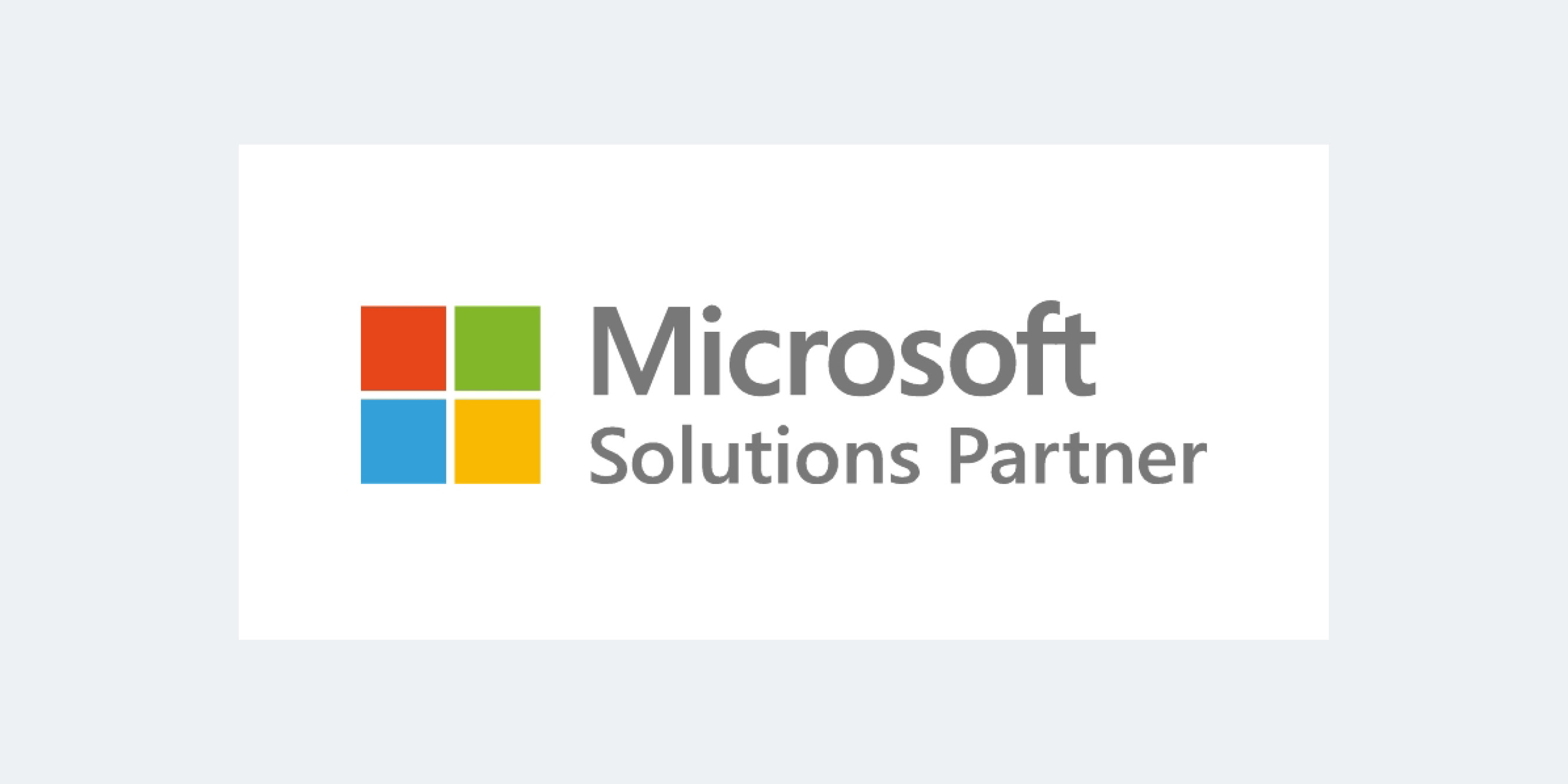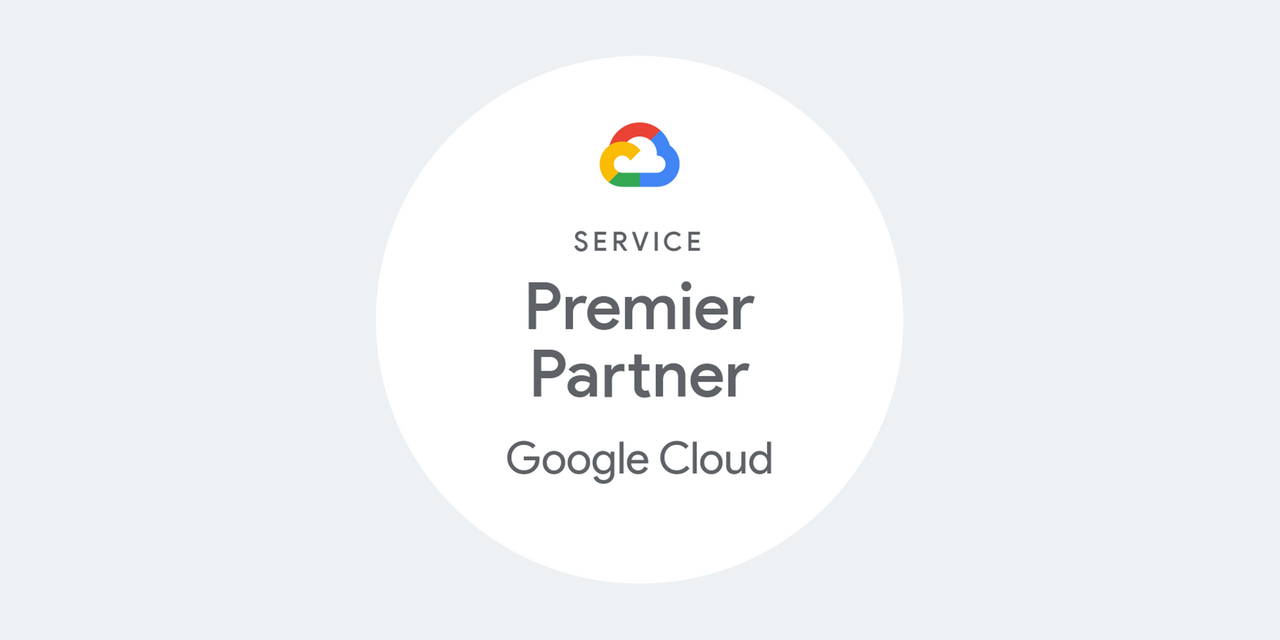- 4
- 3
- 1
- 5
- 2

Strategy. Design. Engineering.
We're a leading global technology consultancy that integrates strategy, design and software engineering to enable our clients to thrive.
For over 30 years, we’ve been at the forefront of digital innovation and have vast experience creating adaptable technology platforms, designing world-class digital products and harnessing the power of data and AI to unlock new sources of value.
We’re laser-focused on transforming your digital journey so you can make extraordinary impact today, tomorrow and beyond.
Extraordinary impact for our clients
Our trusted partners
Ready to take on a new role?
Jobs in technology can be ordinary. Clock in, clock out — lather, rinse, repeat. Who wants that? Definitely not us and definitely not you. Thoughtworkers break the mold. Join our Great Place to Work-Certified™️ team. Together we make extraordinary impact.




































